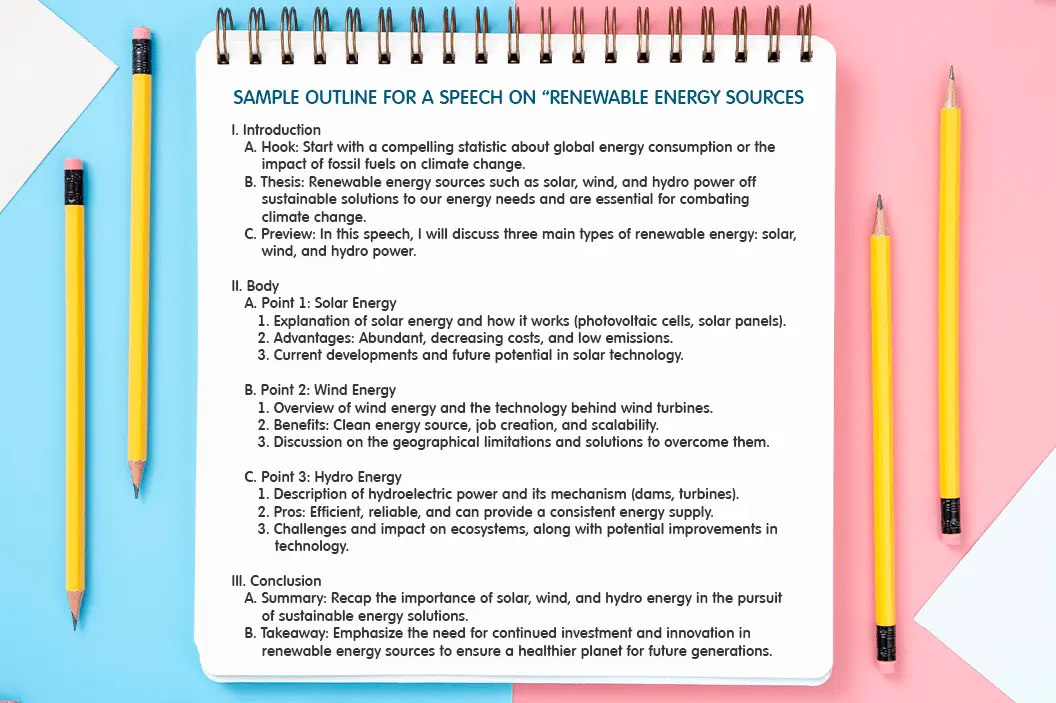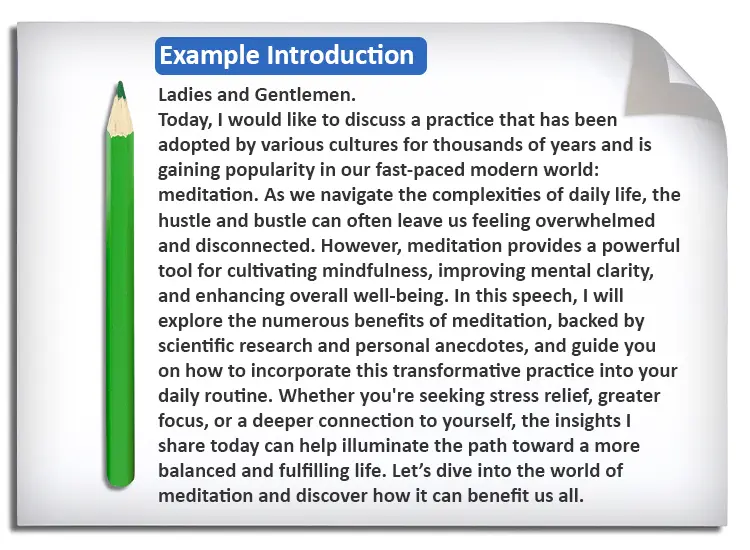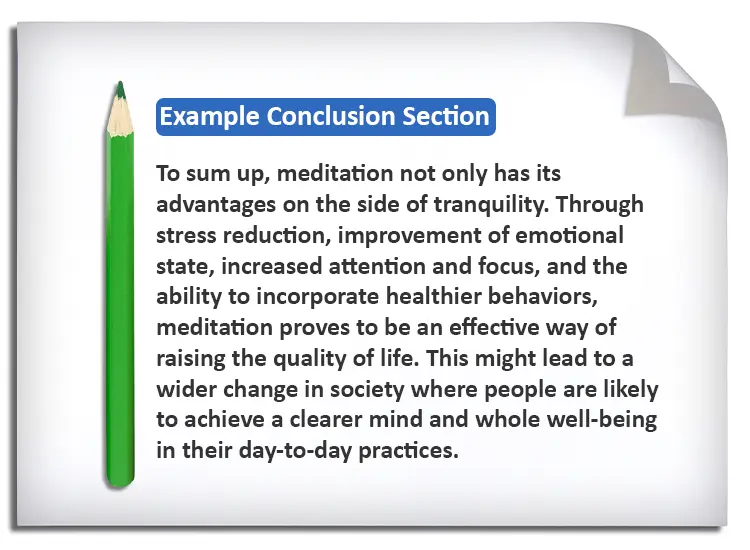How to Write a Play: Step-by-Step Guide 2025
Learn how to write a play with our 2025 step-by-step guide for students. Master playwriting structure, dialogue, and tips for academic success.
A powerful informative speech is an art that provides you with certain confidence and the opportunity to deliver information, explaining about some complex phenomena, and attracting attention among the listeners. Whenever you want to present a new concept, explain a process, or even shed some light on a given subject, you are out to inform and illuminate the readers. An informative speech is good in the sense of not only telling the facts, but also making the facts something that the audience can remember and get the facts. It is all about converting the raw information into an interesting story that stays and leaves an impression.
Learning through the major steps of how to write an informative speech, the important stages which include selecting a topic and doing the proper research, organizing the information, and actually saying what you have to say, are certainly very necessary. We shall also talk about what to do to find out who you are addressing, present your thoughts in a natural flow, use appealing examples, and plan how to present your material efficiently.
An informative speech is delivered focusing on educating folks on a certain topic, concept, or process. It primarily wants to provide some information in such a way that it is clear, concise and accurate and adds nourishment to the understanding of the listeners without even influencing them to think a specific way. The in-depth understanding of Informative Speech can be taken from the utlimate guide of Informative Speech.
In the guide that will teach how to write an informative speech, the very first thing you should do as the author of the speech, before you can talk about it, is to choose the proper subjec,t and this is very essential in summing up a successful project. An appropriate topic that corresponds with your credibility, interest, and attention of the audience gives you a way of continuing your research and enriching both the extent and quality of your speech.
Choose a topic you are really interested in, or that fits your know-how. This is a personal connection that will make the research process pleasurable, efficient, and much less of a burden to get out of it. Consider current events, some trends, or old-standing problems, which make you curious. Moreover, it is relevant to think about the audience and what can be helpful or entertaining to people.
After you choose the informative speech topics, it is time to immerse yourself in the research. It starts with finding trustworthy sources. This involves academic journals, reputable news agencies, government websites, and industry magazines. During your research process, you should note down many details, sorting the information by subtopics. Focus on the key data, statistics, expert opinions, and diverse perspectives.
Creating an effective outline is a primary condition to deliver an efficient informative speech. It is your guide that makes your flow very logical and covers all your topics very well.
Most standard outline informative speeches follow a very natural three-stage outline that acts as a guide to the speaker as well as the listeners. Such a guideline as how to write an informative speech outline contains an interesting opening to attract attention, a clear statement of purpose, a comprehensive body in which to describe the primary points as well as supporting arguments, and a powerful conclusion to summarize and impress the audience. As a general rule, most informative speeches should have 2-3 points in the body so that they don't go too deep without overwhelming your audience.
Sample Outline for a Speech on “Renewable Energy Sources
Introduction
Body
Point 2: Wind Energy
Point 3: Hydro Energy
III. Conclusion

When encountering queries like how to write an informative speech outline, there are some vital tips you can follow. These tips primarily solve your doubts, leading you to clarity and effectiveness:
The key to a well-written informative speech is a strong thesis statement. A thesis plays a crucial role in setting the stage for you and your idea to engage with the audience. It is a direction and a question at the same time, for which you find/provide answers in your speech. When wondering how to write a thesis statement for an informative speech, there are some qualities that you must consider, such as:
Bad Thesis Example: Renewable energy is good.
Good Thesis Example: Investing in solar, wind, and hydroelectric power is essential for mitigating climate change and achieving energy independence, offering a sustainable path forward for the nation's future.
An informative speech cannot work without a proper introduction. Before you know how to write an introduction for an informative speech, first remember that it is your first contact with your audience, makes them notice you, and draws a clear picture of what they are about to learn. This opening is important because it determines the tone of your whole presentation and also makes you credible as a speaker.
The main aim of this introduction is to arouse the audience's curiosity and make them more willing to listen and engage them from the very beginning. Always remember that your hook must relate directly to your topic, and you must have confidence in what you are saying. You will want to grab your reader’s attention, so start by using a hook. This may be in a number of forms:
After your hook, it is essential to proceed directly to stating how to write a thesis statement for an informative speech. This simple sentence of a thesis statement sums up what your speech is all about. It acts as a map that directs your listeners in your presentation. Once you have shown your thesis, briefly overview your points. This will summarize the main points that you are going to present in the body of your speech, which will aid your audience in knowing your layout and following your flow on the topic.

It is in the body part of the speech where one discusses the thesis and provides its main information to the audience. It is also essential that you learn how to write the body of an informative speech and deliver the speech in a visually and scholarly manner.
To deliver an informative speech, build three to two significant points. This figure will enable you to explore every point of view thoroughly enough without scaring your audience with a lot of information. Put these points in order. Typical organizational trends are:
One important purpose of transitions is transporting your audience through the different sections of your speech, as well as ideas. They also act like signposts, letting you know when you are changing from one point to another and are there to maintain continuity. In the event that there are no smooth changes, your speech is not likely to be as smooth. Employ phrases which indicate a shift in direction, such as:
Such transitional words assist in keeping the flow without interference, and your speech becomes more professional and your message more significant.

An effective conclusion is as vital as an effective introduction. Before you know how to write a conclusion for an informative speech, and write the conclusion you must understand that it is the final opportunity to impress your audience and create a long-lasting echo of your message, making your words remembered long after you finish your speech.
Begin your conclusion with a short overview of the most important aspects of your argument. Here you do not have to give any new information, but just show your audience once again the main ideas which you discussed before, reminding of these ideas. It also summarises your main arguments or findings from each paragraph you wrote in your essay. This summary is useful to reinforce what you are telling and to ensure that your listener does not forget the major points of your topic when they leave your company.
End with Impact
As a follow-up to the summary, have a firm conclusion that makes your audience ponder something. This knock-out ending may be of many kinds:
This is aimed at achieving the closure effect and at the same time stimulating them to think or take action, so that your speech really sticks in the minds of your audience.

In addition to well-organized content, visual support and delivery result in a substantially greater overall effect of your informative speech. These pieces come in harmony to hook your audience and better absorb the information.
Visual aids are powerful tools that can transform complex information into easily digestible content. It makes the information interesting, exciting, and entertaining. There are several things you can do, such as:
You must be aware that the informative speech delivery always comes first when communicating to your audience and when delivering your message. Bold and precise presentation, together with efficient interaction, will create a positive impression.
| Tips | Description |
| Be Specific | Use data, facts, and examples for deeper credibility |
| Use Visual Aids | Slides or images enhance engagement and retention |
| Preview and Review Main Points | Repeat key ideas to aid memory |
| Edit and Proofread | Ensure clarity, logic, and seamless flow |
| Engage with the Audience | Ask questions, share anecdotes, and use relatable stories |
A good informative speech involves decent research and preparation. There are many sources to give you information to elaborate your ideas, enhance your presentation skills, and master them:
In the preparation and delivery of an informative speech, it is vital to know the usual traps that are often used in order to make a presentation impressive and clear. Some mistakes you must avoid are:
The process of preparing an informative speech is very transparent and has clearly defined steps. To start with, it is advised to choose a particular topic, which will be relevant and specific, outline the speech logic within the introduction, the body with 2-3 key points, and an unforgettable conclusion. Hook plus clear thesis points and transitions are a must. The effective use of visual aids and some rehearsals to build confidence, and avoiding common pitfalls such as vagueness in the message or excessive information, creates a highly effective speech.
When opening an informative speech, use a hook to arouse interest, or a question, a shocking statistic, a quote, or an anecdote, to gain attention at first. After that, put up your thesis statement, which is the main point of your address. Lastly, present a brief overview of your main points to allow your readers a set of directions on what they will be learning.
Select the topic that is really of your interest, and you can explore it well. Determine what will interest your audience and what information would be most useful to them. Avoid a too-focused topic, as you may not be able to include enough information within the scope of your time frame. At the same time, you do not want your topic to be so general that it lacks content.
An ideal length of an informative speech varies largely depending on the assignment or scenario at hand, but it generally takes 5 to 10 minutes to deliver a complete speech. This provides an adequate amount of time to bring the topic, add 2-3 points, and support them with sufficient details.
Yes, since visuals are effective in explaining complicated concepts, rendering information more consumable, and preventing the audience from becoming bored, this enhances the informative speech to a higher level. Abstract ideas, processes, and various learning styles can be effectively exemplified through slides, props, or video, thereby enhancing the understanding and retention of the information you wish to convey.
Subscribe now!
To our newsletter for latest and best offers